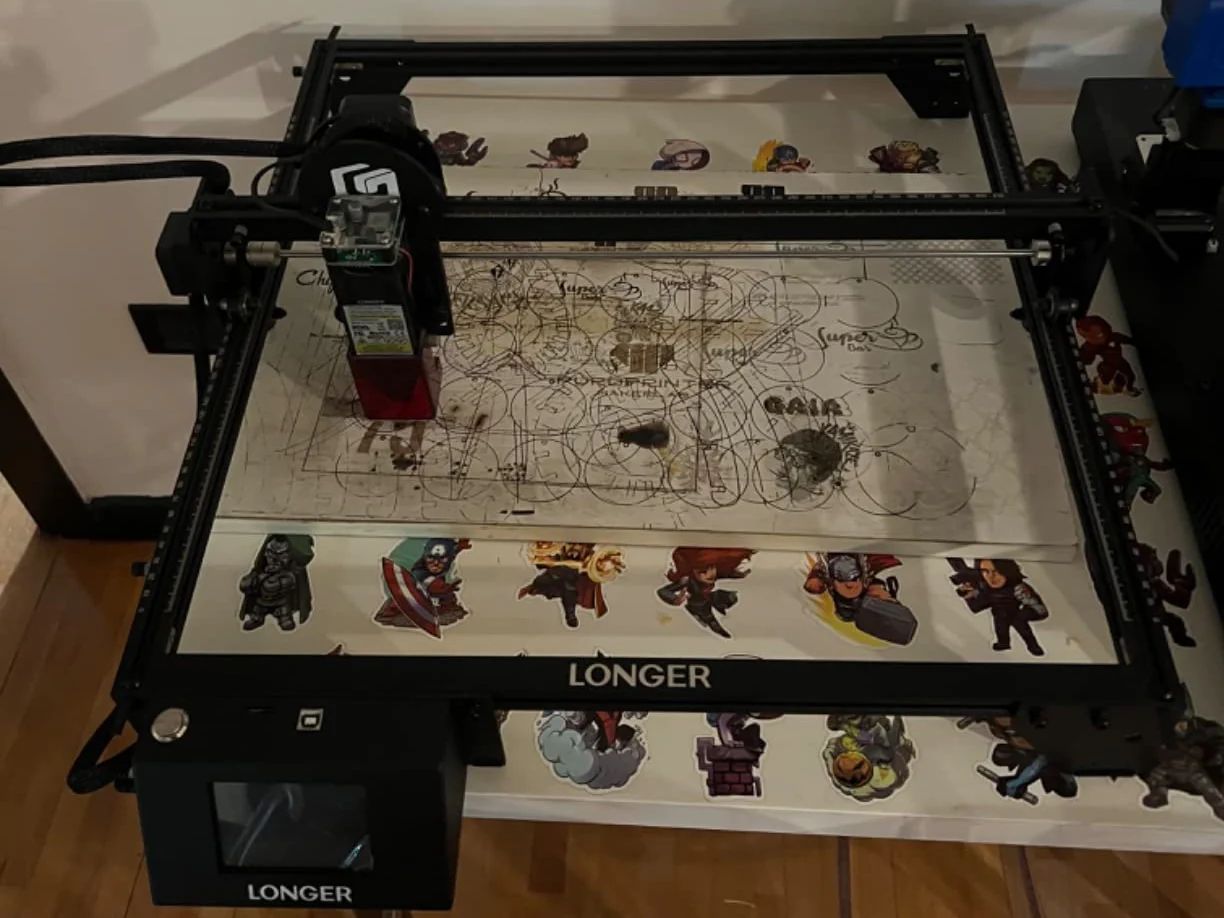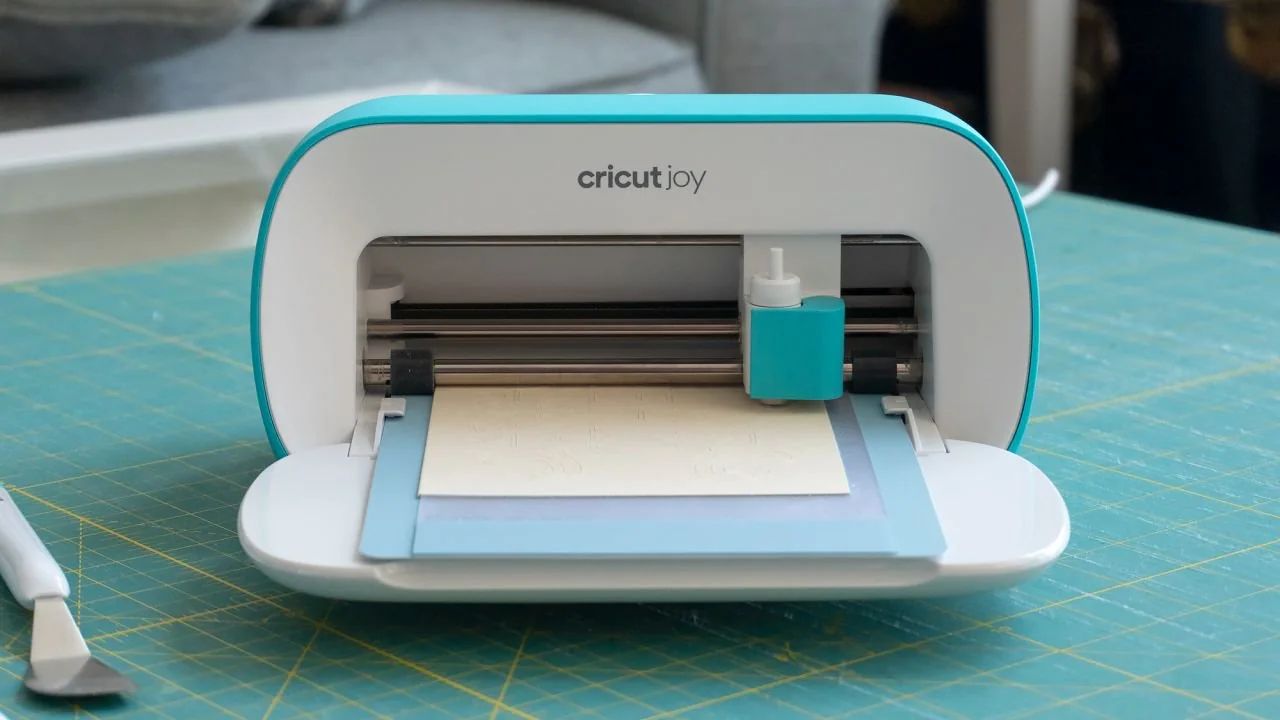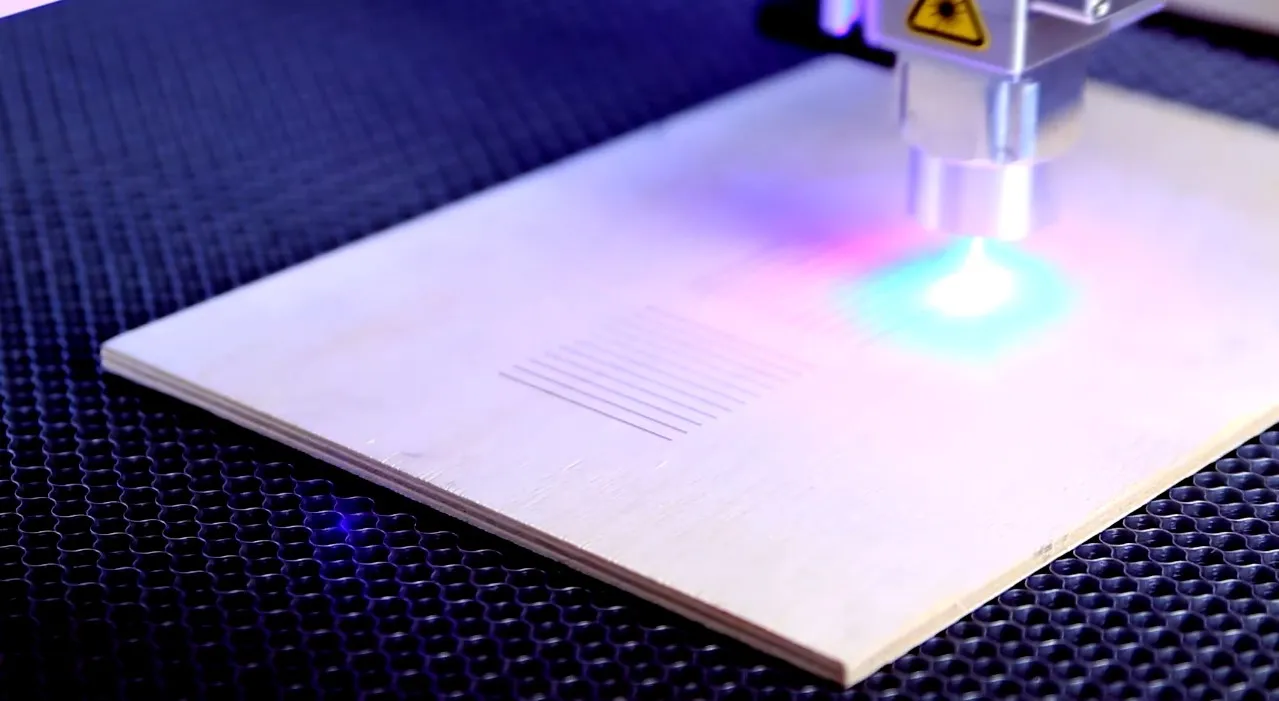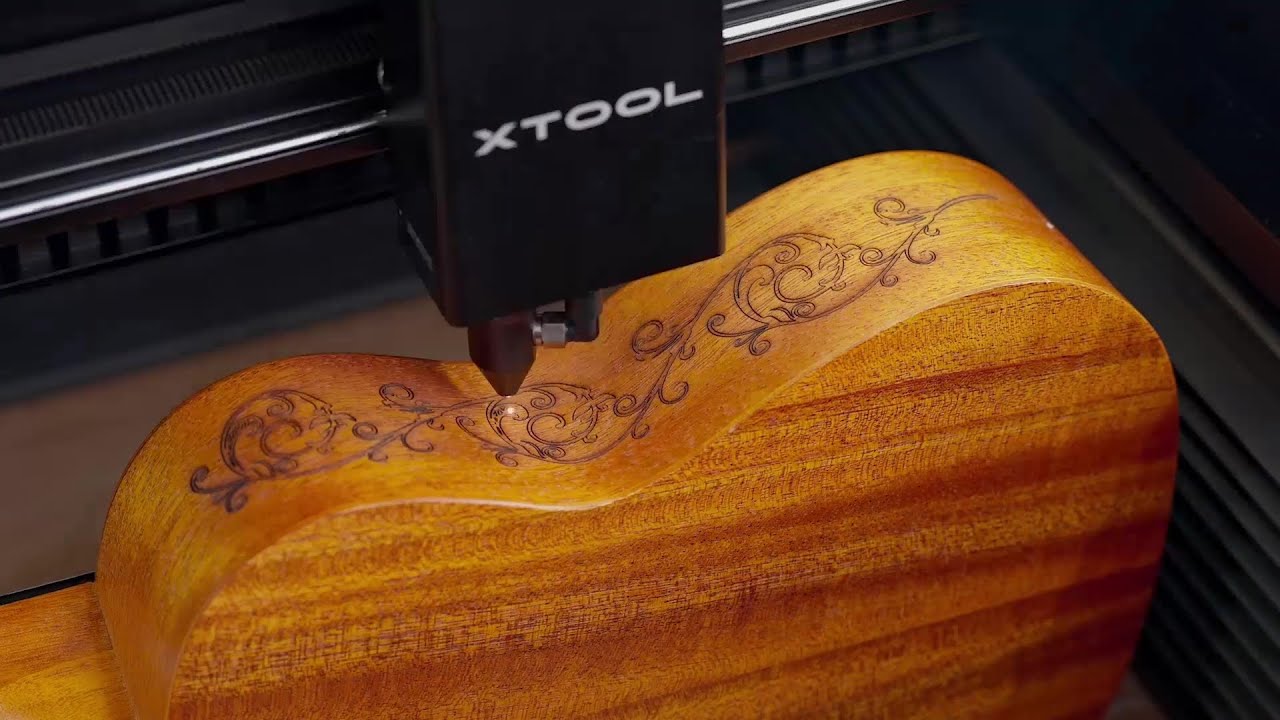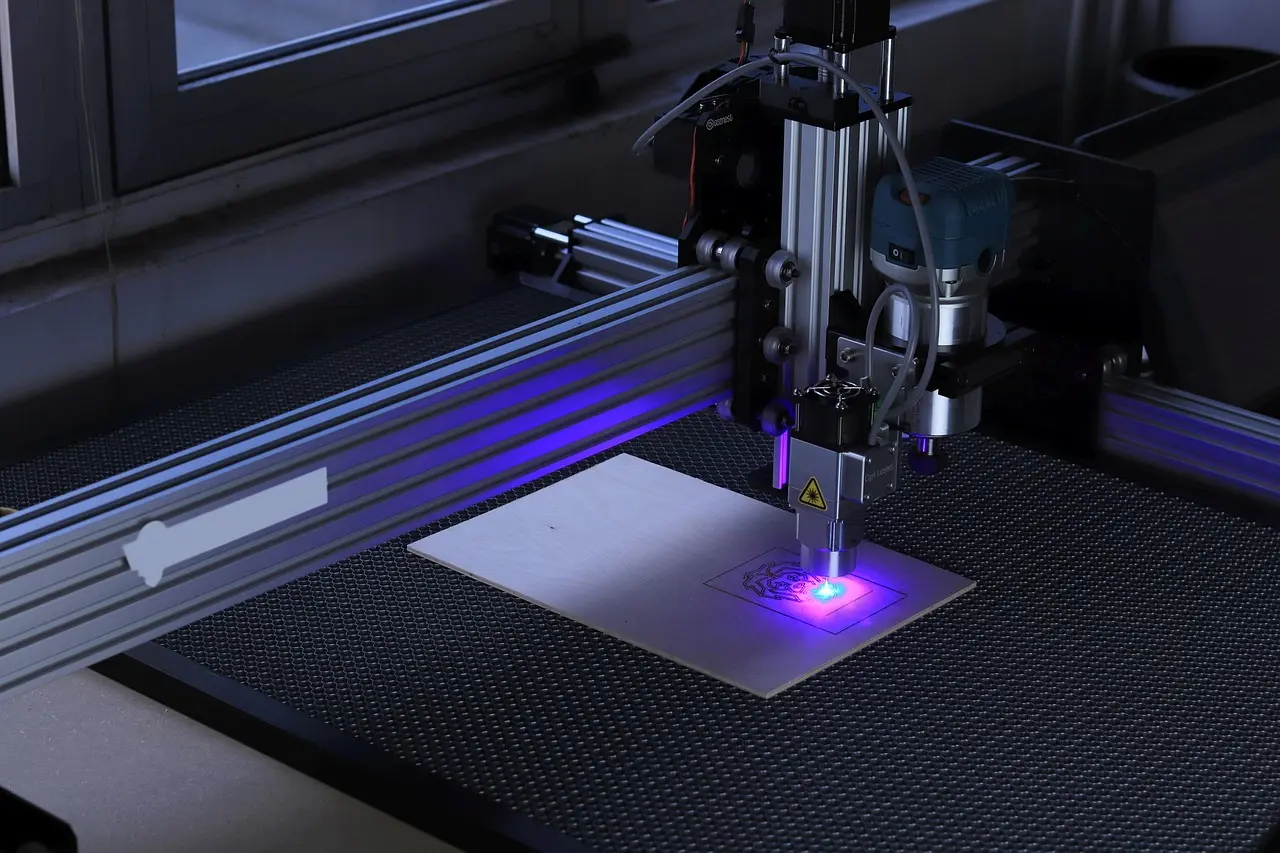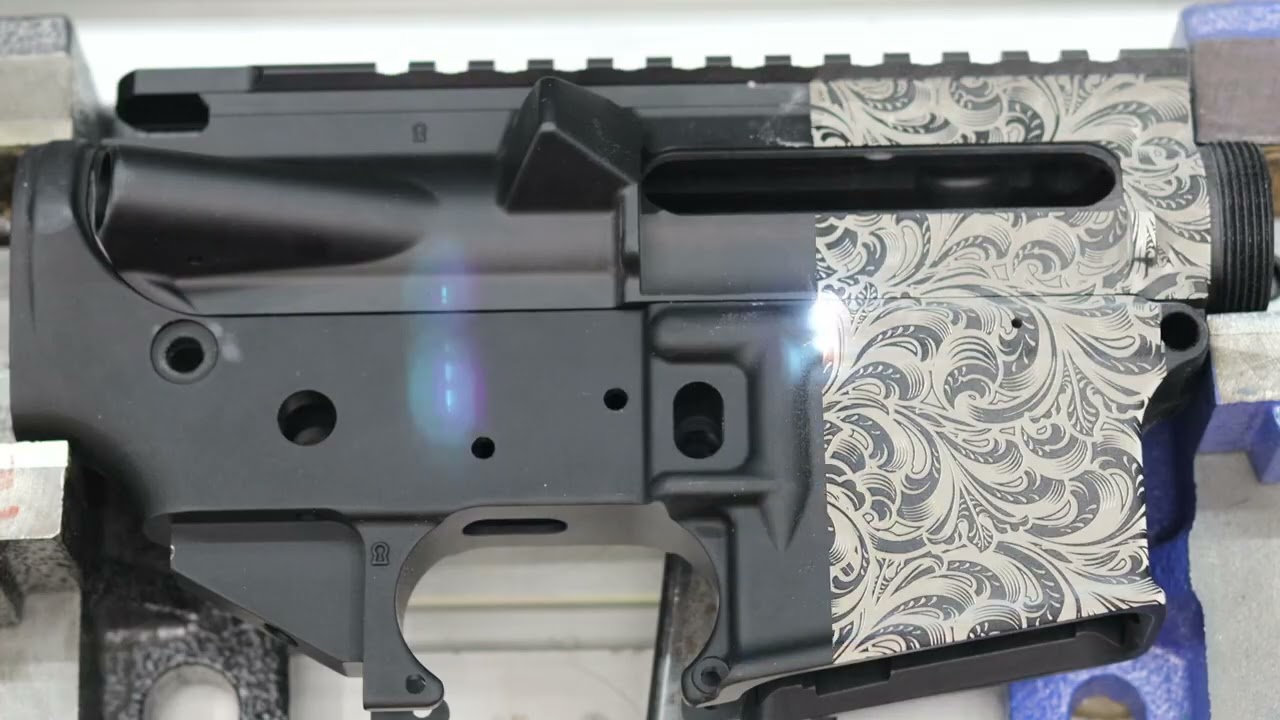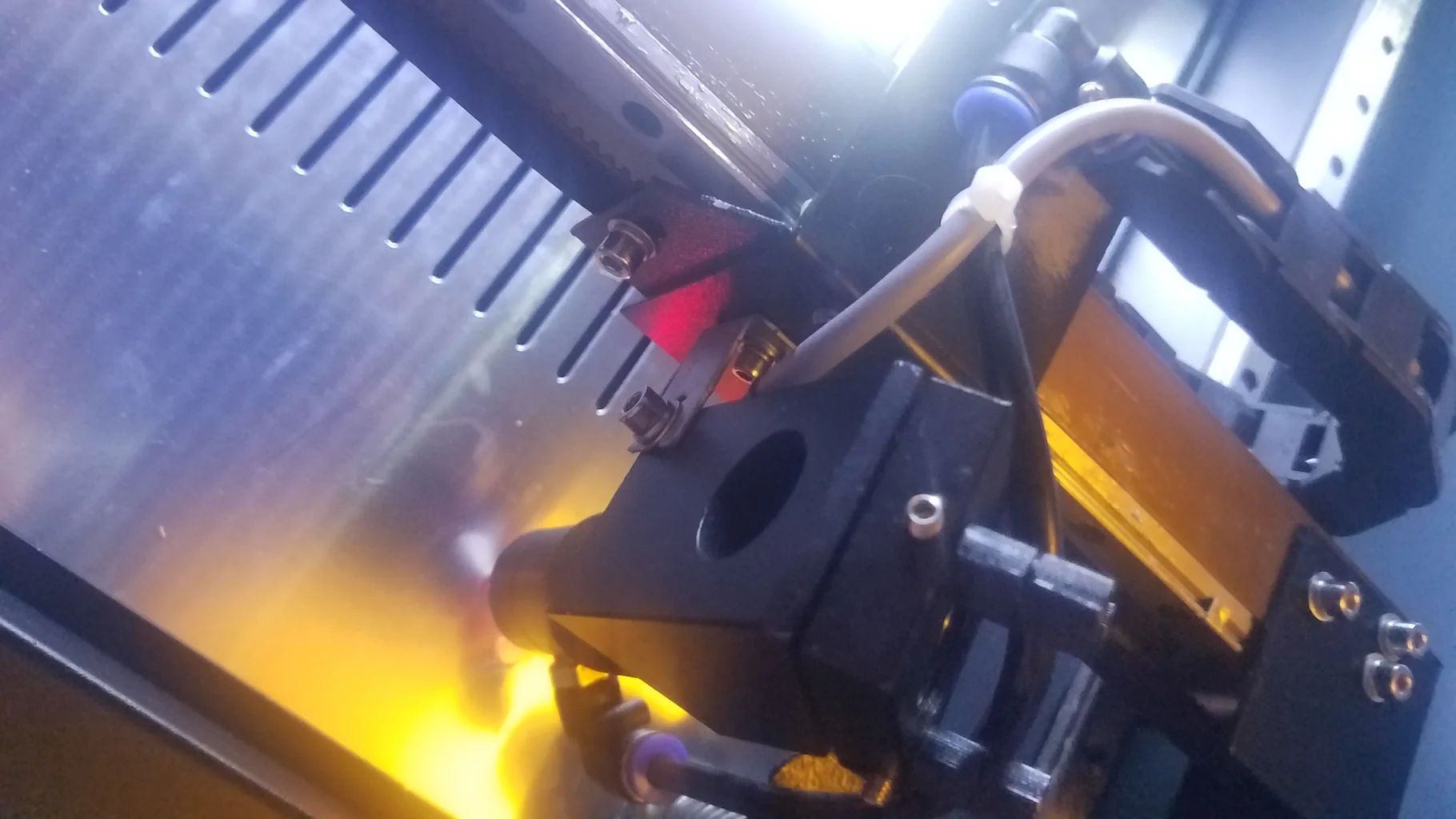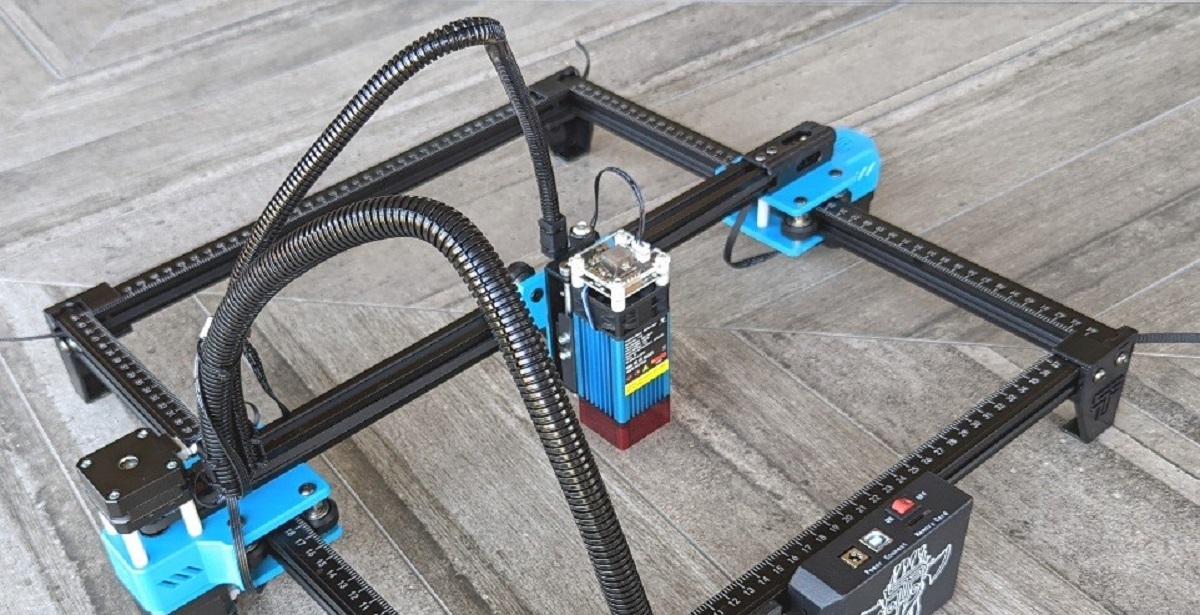Introduction
Welcome to the troubleshooting guide for laser engravers. Laser engravers are sophisticated machines that use lasers to intricately etch designs onto various materials. However, like any technology, they can sometimes encounter issues that prevent them from functioning as expected. If you’re wondering why your laser engraver is not working properly, this guide will help you diagnose and resolve the most common problems.
A laser engraver may fail to work for a variety of reasons, such as power supply issues, malfunctioning components, incorrect software settings, or even compatibility problems with the materials being used. By following the steps outlined in this guide, you can troubleshoot the problem and get your laser engraver up and running again in no time.
Before diving into the troubleshooting process, it’s important to note that laser engravers contain high-powered lasers and sensitive components. Always prioritize safety by wearing appropriate personal protective equipment (PPE) and following the manufacturer’s guidelines. If you’re unsure about any of the steps or encounter a complex issue, it’s recommended to consult the manufacturer or seek assistance from a professional technician.
Now, let’s begin the troubleshooting process to identify and resolve the issues with your laser engraver. This guide will provide step-by-step instructions to help you diagnose and fix the most common problems. From checking the power supply to ensuring material compatibility and calibrating the laser beam alignment, we’ll cover all the key areas to help you get your laser engraver back on track.
Check Power Supply
One of the first steps in troubleshooting a laser engraver that is not working is to check the power supply. Ensure that the machine is properly plugged in and that the power outlet is functioning correctly. Sometimes, loose connections or power surges can interrupt the power supply and cause the laser engraver to malfunction.
Begin by inspecting the power cable for any signs of damage or fraying. If you notice any, replace the cable with a new one to prevent further issues. Additionally, check if the power switch on the machine is turned on. It may seem obvious, but sometimes it can be easily overlooked.
If the laser engraver is connected to a power strip or surge protector, make sure that it is receiving power. Try plugging another device into the same outlet to verify if there is any issue with the power source. Consider bypassing the power strip or surge protector and connecting the laser engraver directly to the outlet to eliminate any potential problems caused by these devices.
Another aspect to check is the external power supply or the power brick of the laser engraver. Make sure it is securely connected and functioning properly. If there is an LED indicator on the power supply, check if it is lit up indicating that it is receiving power.
If all the above steps do not resolve the power supply issue, try using a different power outlet or power source. This will help determine if the problem lies with the power supply itself or with the electrical setup.
Checking the power supply is an essential first step in troubleshooting a laser engraver that is not working. By ensuring a stable and uninterrupted power supply, you can eliminate one of the possible causes of the problem and move on to the next steps in resolving the issue.
Inspect Laser Tube
When encountering issues with a laser engraver, it’s important to inspect the laser tube, as it is a critical component responsible for emitting the laser beam. Over time, the laser tube may degrade or suffer from damage, leading to decreased performance or complete failure of the laser engraver.
Begin by examining the laser tube for any visible signs of damage, such as cracks, leaks, or discoloration. If you notice any of these issues, it is likely that the laser tube needs to be replaced. Consult the manufacturer or a professional technician for assistance in acquiring and installing a new laser tube.
In addition to physical damage, check for any obstructions around the laser tube that may be blocking the laser beam or interfering with its operation. Remove any debris or materials that may have accumulated around the laser tube, as they can affect the performance of the laser engraver.
It is also essential to ensure that the cooling system for the laser tube is functioning properly. The laser tube generates heat during operation, and if the cooling system is not functioning correctly, it can lead to overheating and damage to the tube. Check the water pump, coolant level, and water flow to ensure they are all in working order. Refer to the manufacturer’s guidelines for specific instructions on maintaining and troubleshooting the cooling system.
Regular maintenance and inspection of the laser tube can extend its lifespan and ensure optimal performance of the laser engraver. By detecting any issues early on and taking necessary actions, you can prevent further damage to the laser tube and avoid costly repairs or replacements.
If you have completed the inspection of the laser tube and it appears to be in good condition, it’s time to move on to the next step in troubleshooting your laser engraver.
Clean Lens and Mirrors
Another crucial step in troubleshooting a laser engraver that is not working properly is to clean the lens and mirrors. Over time, dirt, dust, and debris can accumulate on these optical components, affecting the quality and efficiency of the laser beam.
Start by locating the lens and mirrors within the laser engraver. These are typically found in the beam path between the laser tube and the material being engraved. Refer to the manufacturer’s documentation or user manual for specific instructions on locating and accessing these components.
Before cleaning, ensure that the laser engraver is powered off and disconnected from the power source to avoid any accidents or injuries. Use a clean, lint-free cloth or cotton swabs along with a mild cleaning solution recommended by the manufacturer. Avoid using harsh chemicals or abrasive materials that can scratch or damage the lens or mirrors.
Gently wipe the lens and mirrors in circular motions to remove any dirt or dust particles. Take extra care not to apply excessive pressure or touch the lens or mirrors with bare hands, as the oils from your skin can leave smudges or fingerprints that can affect the laser beam quality.
Once the cleaning is complete, inspect the lens and mirrors for any remaining debris or streaks. If needed, repeat the cleaning process until they are completely clean.
After cleaning, ensure that the lens and mirrors are correctly aligned. Misalignment can lead to distorted or weak laser beams. Follow the manufacturer’s instructions on aligning the lens and mirrors or consult a professional technician for assistance.
Cleaning the lens and mirrors of your laser engraver at regular intervals can significantly improve the engraving quality and overall performance of the machine. It is a simple yet effective maintenance step that should not be overlooked during the troubleshooting process.
With the lens and mirrors cleaned and aligned, you can now proceed to the next step to further troubleshoot your laser engraver.
Reset Controller
If your laser engraver is still not functioning properly after checking the power supply, inspecting the laser tube, and cleaning the lens and mirrors, it may be beneficial to reset the controller. The controller is the device responsible for managing the operations of the laser engraver.
To reset the controller, start by turning off the laser engraver and disconnecting it from the power source. Locate the controller unit, which is typically housed within the main control panel of the machine. On the controller unit, you may find a reset button or a set of buttons that can be used to perform a reset.
Refer to the manufacturer’s documentation or user manual to identify the specific reset procedure for your laser engraver. Some machines may require pressing a combination of buttons or holding a specific button for a designated period. Follow the instructions provided to properly reset the controller.
Resetting the controller can help clear any temporary glitches or errors that may be affecting the performance of the laser engraver. It essentially restarts the system, allowing it to reset and reestablish proper functioning.
After resetting the controller, power on the laser engraver and test its functionality. Check if the previous issues have been resolved and if the machine is now operating as expected. If the problems persist, it may be necessary to move on to the next troubleshooting step or contact the manufacturer or a professional technician for further assistance.
Resetting the controller is a simple troubleshooting step that can often resolve minor issues with laser engravers. However, it is important to note that a reset will not fix hardware faults or major malfunctions. In such cases, additional troubleshooting or professional intervention may be required.
Now that the controller has been reset, let’s move on to the next step in troubleshooting your laser engraver.
Check for Material Compatibility
When your laser engraver is not working properly, it’s essential to consider the compatibility of the materials you are using. Laser engravers are designed to work with specific types of materials, and using incompatible materials can lead to issues and poor engraving results.
Start by verifying that the material you are using is suitable for laser engraving. The manufacturer of the laser engraver typically provides a list of compatible materials in the user manual or on their website. Ensure that the material you are using is on this list and meets the recommended specifications.
Next, check the thickness and composition of the material. Some laser engravers have limitations on the maximum thickness they can handle. If the material is too thick, it may not be properly engraved or may damage the machine. Additionally, certain materials, such as PVC or materials with metallic components, can produce harmful fumes or damage the laser engraver. Ensure that the material you are using is safe for the machine and does not pose any health risks.
If you are having trouble engraving a specific material, consider conducting test engravings on different settings to find the optimal parameters. Adjusting the laser power, speed, and frequency settings can significantly impact the engraving quality on different materials.
In some cases, the issue may not lie in the material itself, but rather in the way it is positioned or secured within the laser engraver. Ensure that the material is properly aligned and securely fixed, as any movement or vibration during the engraving process can negatively affect the results.
By checking for material compatibility and adhering to the recommended guidelines, you can ensure that your laser engraver functions optimally and delivers high-quality engravings. If the issues persist or you encounter difficulties with specific materials, it is advisable to reach out to the manufacturer or seek assistance from a professional.
Now that you have checked the material compatibility, let’s move on to the next step in troubleshooting your laser engraver.
Check Software Settings
When your laser engraver is not working as expected, it’s important to review and check the software settings. The software used to operate the laser engraver plays a crucial role in controlling various aspects of the machine’s operation.
Start by ensuring that you are using the correct software for your laser engraver. Different machines may have specific software compatibility, and using incompatible or outdated software can lead to issues. Visit the manufacturer’s website or consult the user manual to download and install the recommended software.
Once the software is installed, check the settings for laser power, speed, and frequency. These settings determine the intensity and speed at which the laser beam is emitted and can greatly impact the engraving quality. Adjusting these settings to suit the material and desired results can help resolve issues with inconsistent or poor engraving.
Verify that the correct file format is being used for importing designs or images into the software. Most laser engraver software supports common file formats such as JPG, PNG, BMP, SVG, or DXF. Ensure that the files you are using are compatible with the software and can be properly imported for engraving.
Additionally, check the resolution and scale settings in the software. If the engraving appears distorted or disproportionate, it may be due to incorrect resolution or scaling. Adjusting these settings to match the intended size and resolution of the design can help achieve accurate and desirable results.
Ensure that the software is properly communicating with the laser engraver. If the software is not recognizing or connecting to the machine, check the connection settings, USB ports, and drivers. Updating or reinstalling the necessary drivers can often resolve communication issues.
If you are encountering technical difficulties with the software or need clarification on specific settings, consult the user manual, online resources, or contact the manufacturer for support and guidance.
Reviewing and adjusting the software settings can often resolve issues with laser engravers. By ensuring the software is compatible, settings are appropriate, and communication is established, you can optimize the performance and functionality of your laser engraver.
Now that we have checked the software settings, let’s move on to the next step in troubleshooting your laser engraver.
Calibrate Laser Beam Alignment
When you’re experiencing issues with your laser engraver, such as uneven engraving or misalignment of designs, it’s crucial to calibrate the laser beam alignment. Proper alignment ensures that the laser beam is focused correctly and accurately hits the desired spot on the material.
To begin the calibration process, make sure the laser engraver is powered off and disconnected from the power source. This step is crucial for your safety and to prevent accidental activation of the laser beam during calibration.
First, check the mirrors and lens to ensure they are clean and free from dust or debris. Any dirt or obstruction can affect the accuracy of the laser beam alignment. Clean them using a lint-free cloth and a mild cleaning solution, if necessary.
Next, locate the adjustment screws or knobs that control the laser beam alignment. These are typically found near the laser tube or in the optical path of the machine. Refer to the manufacturer’s documentation or user manual for specific instructions on locating and adjusting these components.
Proceed by aligning the laser beam with a designated target or reference point. This can be a dot or mark on a target board or a specific point on the material. Adjust the screws or knobs incrementally to move the laser beam until it accurately hits the target.
It is best to perform small adjustments and test the alignment frequently to ensure precision. A laser beam alignment tool or laser beam alignment software can assist in achieving optimal results.
Once you have achieved proper alignment, double-check by engraving a test pattern or design on a piece of scrap material. Inspect the engraving for any inconsistencies or misalignments. If necessary, make further adjustments until the desired results are achieved.
Calibrating the laser beam alignment is a crucial step in troubleshooting and ensuring optimal performance of your laser engraver. It can significantly improve the precision and quality of engravings.
If you are unfamiliar with laser beam alignment or are unable to achieve satisfactory results, it is recommended to seek assistance from a professional technician or contact the manufacturer for further guidance.
Now that the laser beam alignment is calibrated, let’s move on to the next step in troubleshooting your laser engraver.
Consult Manufacturer or Professional Technician
If you have followed the troubleshooting steps mentioned earlier and your laser engraver is still not working properly, it may be time to seek the expertise of the manufacturer or a professional technician. They have the knowledge and experience to diagnose and resolve complex issues that may be beyond your expertise.
Start by referring to the manufacturer’s documentation or user manual for contact information. This usually includes a customer support hotline, email address, or online chat service. Reach out to the manufacturer and provide them with detailed information about the problem you are experiencing. Be prepared to provide the model and serial number of your laser engraver for reference.
When contacting the manufacturer, take note of their response time and the level of support provided. They may guide you through additional troubleshooting steps or recommend specific solutions based on your issue.
If the manufacturer’s support is insufficient or if you prefer hands-on assistance, consider contacting a professional technician who specializes in laser engraver repairs. They can provide on-site or remote assistance, depending on your location and the nature of the problem.
Professional technicians have the necessary tools and expertise to diagnose and repair laser engravers. They can perform advanced troubleshooting techniques, replace faulty components, and ensure that your machine is restored to optimal working condition.
Keep in mind that seeking professional assistance may incur additional costs, depending on the warranty status of your laser engraver and the complexity of the repair. However, their expertise is invaluable in resolving technical issues and preventing further damage to your machine.
It’s important to note that attempting to repair advanced issues without the proper knowledge and experience can lead to further damage or voiding the warranty. Therefore, when in doubt, it’s best to consult the manufacturer or professionals for assistance.
By consulting the manufacturer or a professional technician, you can benefit from their expertise and ensure that your laser engraver is properly diagnosed and repaired, allowing you to continue utilizing its capabilities for your projects.
Conclusion
Troubleshooting a laser engraver that is not working properly can be a systematic process requiring attention to various aspects of the machine. By following the steps outlined in this guide, you can effectively diagnose and resolve common issues that may arise.
Begin by checking the power supply to ensure that the machine is receiving a stable and uninterrupted power source. Inspect the laser tube for any damage and clean the lens and mirrors to maintain optimal performance.
Resetting the controller can help resolve temporary glitches, while checking for material compatibility ensures that you are using the appropriate materials for your laser engraver.
Reviewing the software settings and calibrating the laser beam alignment can address issues related to software and laser beam precision, respectively.
If all else fails, it is recommended to consult the manufacturer or seek the expertise of a professional technician. They can provide further guidance and assist in diagnosing and resolving complex problems beyond your scope of knowledge.
Remember to prioritize safety throughout the troubleshooting process by wearing appropriate personal protective equipment and following the manufacturer’s guidelines.
By systematically addressing each potential issue and seeking the necessary assistance when needed, you can ensure that your laser engraver is in optimal working condition, allowing you to unleash your creativity and achieve outstanding results in your engraving projects.







